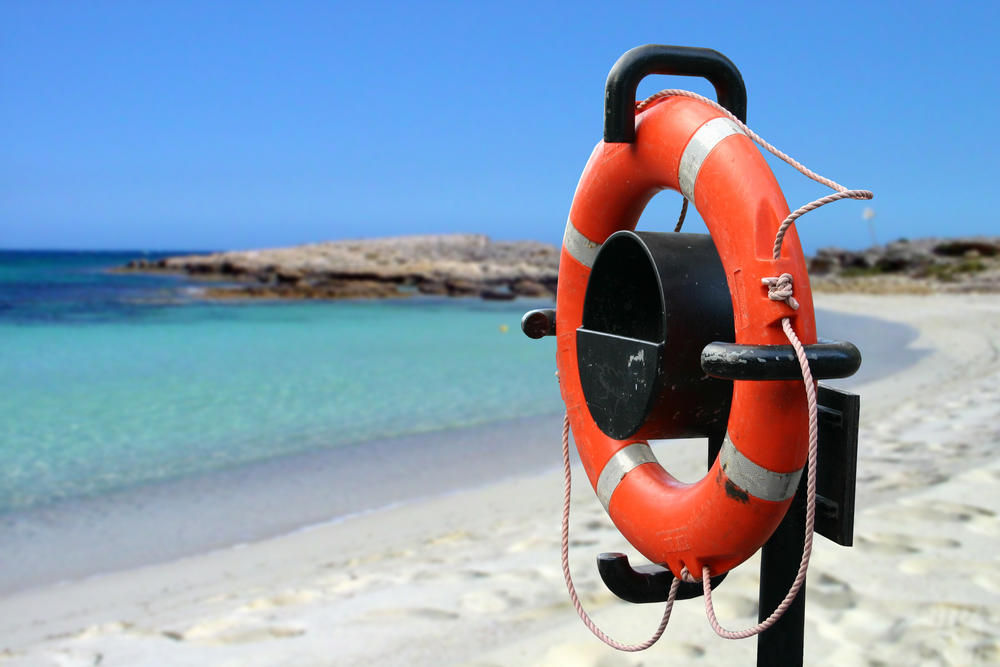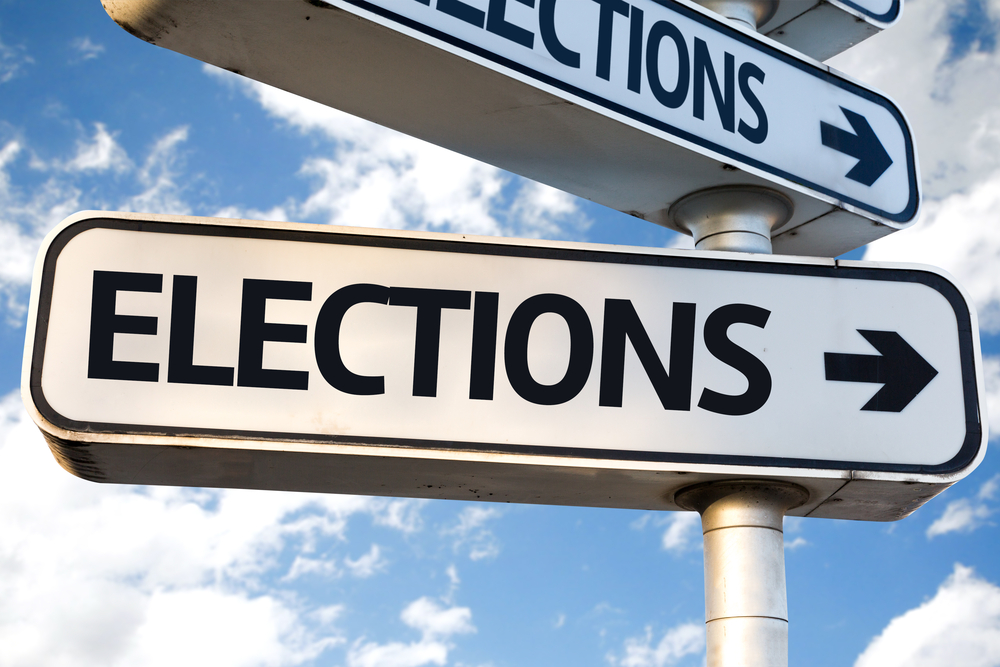A majority of consumers today are suffering from the effects of inflation. We’re seeing inflationary rates that are akin to what happened in the 80s, so we’re talking decades ago. At the rate inflation is increasing lately, most people can’t afford what they’re used to and it’s causing financial strain on families everywhere.
The good news is there are ways that you can fight inflation and keep yourself and your family afloat. Knowing how to handle inflation and how to ensure that you aren’t losing money is important for your personal finances.
What Is Inflation?
In simple terms, inflation is the decrease of the purchasing power of the dollar. In other words, your dollar doesn’t go as far when inflation increases. Right now, we’re seeing inflation in the 8% range, which we haven’t seen in years.
You’ve likely already seen the effects of inflation at the grocery store. Take a gallon of milk for example. If it cost $2.50 before inflation rose and now it’s $3.50, it takes more of your money to buy the same thing – that’s inflation.
We’re seeing it in every area of our lives – groceries, gas, clothing, home goods, and more. Everything we buy on a daily and periodic base is increasing.
So, what can you do about it?
Shopping Habits to Change During Inflation
You know that inflation causes prices to rise, so how do you handle it at the register? Here are a few tips.
Saving on Food
Food is one of the hardest hit areas during inflation. You need to feed your family but keeping up with increasing prices can feel impossible.
Here are some ways to keep your grocery bill down.
- Shop sales – Try to create a grocery list that centers around the sales for the week. Stock up on items that are a good price, so you don’t have to worry about restocking at regular prices later. Even try creating your meal plan around what’s on sale.
- Have meatless days – You don’t have to have meat to feed your family protein. There are plenty of ways to have meatless days and spend less at the grocery store. Get creative and try new meals, you never know if you’ll find new favorites.
- Shop at discount stores – Try shopping at stores that are known for lower prices. You’ll still see increases from their regular prices, but you’ll save money versus shopping at the more expensive stores. Costco and Trader Joe’s are two stores that are known for their great prices.
- Use coupons – You can get coupons online, by joining a store’s loyalty program, or in the weekly paper. Try using coupons for as many items as possible to keep your costs down. Many stores also offer loyalty points that transfer to money off your orders after you reach a certain threshold.
- Shop your food first – Before you meal plan, see what you already have in the house that you can use to make meals. You don’t have to replenish everything every week. Get creative and make sure you’re using every bit of food you already have before buying more.
- Buy generic – Name-brand and generic items are usually manufactured by the same company. When you buy name-brand you pay for the label, not the food itself. Why pay more for the same product?
Saving on Gas
Gas savings is probably the number one concern to most people or at least a close tie to food spending. Since more people are driving more places today, the demand for gas is a lot higher, but so are the prices.
While gas is a necessity and you can’t do a lot about it, here are some ways to cut your spending on it.
- Use a gas-saving app – Try downloading an app like Gas Buddy to save on gas. Gas-saving apps tell you the cost of gas at gas stations all around the area you’ll be. If you’re traveling to another town or county, look at gas prices there too and try to fill up at the gas station with the lowest prices.
- Join a loyalty program – Many gas stations have loyalty programs that might score you a few cents off each gallon. It may not sound like much, but every penny adds up, so save as much as you can on your gas purchases.
- Don’t speed – Leave enough time to get where you need to be by driving the speed limit. Driving anything over 50 miles per hour uses up much more gas, decreasing your gas mileage.
- Carpool – If you commute to work or school and co-workers or classmates live around you, consider carpooling. If everyone takes a turn driving, you’ll be able to use your car much less and save on gas costs.
Miscellaneous Savings
Food and gas are the largest spending categories for most consumers, but here are some other ways to save in other areas of your life.
- Negotiate prices – You can negotiate the cost of most items and services today. Think of the services you pay for the most, like insurance, cell phone, and utilities. Try negotiating the prices with your current companies or shopping around to get a better deal with someone else.
- Watch your spending – Inflationary periods aren’t a time for excessive spending, aka impulse buys. Try planning your purchases and only stick to your list. If you need to buy a big ticket item, try saving up for it and watching for sales or deals so you can save the most on the item rather than paying inflated prices.
- Cut the cord – Don’t pay for the ever-increasing cable prices. For a fraction of the cost, you could have one or two streaming services. While streaming services prices have gone up recently too, they are nowhere near the cost of cable.
- Avoid buying a car – If you can help it right now, don’t buy a car. Prices are so inflated not only because of inflation but also because of the lower supply. Demand is greatly exceeding supply right now so car dealers can get away with gouging on prices. Unless it’s a necessity, don’t buy a car.
How to Fight Inflation with Investments
If you’re watching your balance barely move in your savings accounts or CDs, you aren’t alone. Inflation makes the measly savings you could earn on savings even smaller. But there are some ways to combat it with proper investment strategies.
Leaving your money in savings or a CD isn’t going to help you fight inflation. Your dollars will be worth much less during the inflationary periods and it’s a serious opportunity cost to other ways you could be making money.
You need to invest in assets that grow at a rate much faster than a savings account or even CD will allow. Here are a few ways.
Diversify Your Portfolio
First, and this is always a good rule – diversify your investments. Don’t put all your eggs in one basket. Give yourself a chance to offset any losses with gains. If you invest in the stock market, for example, invest in multiple industries – not just one. But you should also consider diversifying with other assets including real estate, bonds, and commodities.
Use Real Estate to Fight Inflation
Real estate can be a great hedge against inflation so use it to your advantage. You can leverage your investment by borrowing funds to buy a house worth more than the cash you have to invest. This is a great way to build equity fast and watch your investment grow.
Invest in Yourself
You can’t ever lose when you invest in yourself. Whether you learn new skills, improve the skills you have, or try to learn new ways to invest, when you invest in yourself you can naturally earn more money.
Learning new skills may allow you to get a promotion, change jobs, or start a side business. The more you know, the more you can do and the more money you’ll make. By learning new ways to invest, you can make decisions that will help improve your net worth despite what is happening with inflation.
Key Takeaway
Inflation is real and it’s affecting everyone. The key is to know how to manage your money including how you spend and invest it to make your dollars go as far as possible.
This article is provided by EveryIncome.







